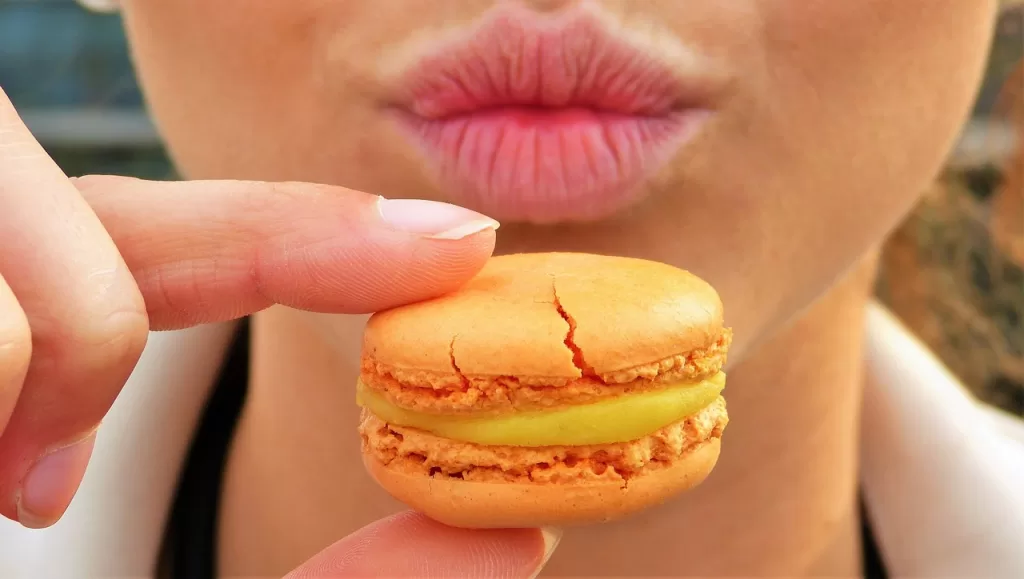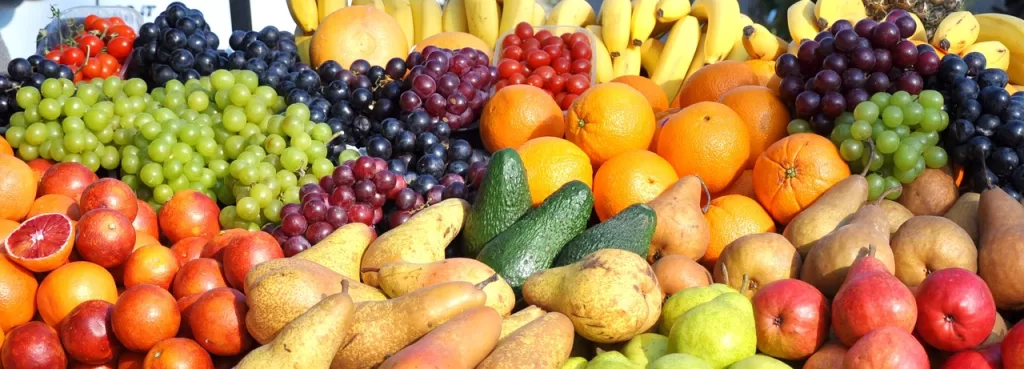
The relationship between color and appetite is well-known and widely studied. Although the effect of color on appetite is subtle, it can have a powerful and direct influence on what we choose to eat. This article will explore the science behind this phenomenon, the different ways that color can influence our appetite, and how to use the power of color to help make healthier food choices.
- What is the Relationship between Color and Appetite?
- What Colors Influence Appetite?
- How do Colors Impact Food Choices?
- How Can We Use Color to Make Healthier Food Choices?
- How Does Color Impact Our Perception of Flavor?
- What is the Role of Color in Food Marketing?
- How Does Color Affect Our Perception of Health?
- Conclusion
What is the Relationship between Color and Appetite?
Research has shown that the color of food can affect our perception of flavor, aroma, and taste. It is believed that color can be used to enhance the flavor and appeal of many dishes, particularly when it comes to food marketing. For example, a brightly-colored dish may be perceived to be more appetizing and flavorful than one of a more muted hue.
In addition, research has also suggested that the color of food can influence our appetite in a more direct way. When people are presented with a food of an attractive color, they are more likely to be drawn to it and experience an increased appetite.
What Colors Influence Appetite?
Research suggests that certain colors can have a stronger influence on appetite than others. Studies have shown that red, orange, and yellow are the most effective colors for stimulating appetite. Red is thought to be the most effective, as it is associated with energy and enthusiasm, while orange and yellow are believed to evoke feelings of warmth and comfort.
On the other hand, green and blue are thought to be the least effective for stimulating appetite. While these colors are associated with nature and calmness, they do not tend to evoke hunger.
How do Colors Impact Food Choices?
The colors of food can influence our food choices in a variety of ways. Studies have shown that people are more likely to choose a brightly-colored food when presented with a range of options. For example, research has found that people are more likely to choose a red apple over a green one, or a yellow banana over a brown one.
In addition, the color of food can also influence how much of it we eat. Studies have found that people tend to consume more of a brightly-colored food than a dull-colored one. For example, people were found to eat more of a red pepper than a green one, or more of a yellow pear than a brown one.
How Can We Use Color to Make Healthier Food Choices?

The effect that color has on our appetite and food choices can be harnessed to make healthier choices. By choosing brightly-colored fruits and vegetables, we can increase our appetite for them and be more likely to eat them. Likewise, opting for dull-colored snack foods can help to reduce our temptation to eat them.
In addition, using color-coded systems to organize food can also help to make healthier choices. For instance, grouping together healthy options such as fruits and vegetables in one area and unhealthy options such as sugary snacks in another can encourage us to make better decisions.
How Does Color Impact Our Perception of Flavor?
The color of food can also influence our perception of flavor. Studies have found that people tend to associate certain colors with particular flavors. For example, research has suggested that red is often associated with sweet flavors, while green is associated with sour flavors.
In addition, color can also be used to enhance the flavor of food. Studies have found that adding a contrasting color to a dish can make it more visually appealing and can also make the flavors of the dish more intense. For example, a dish that includes both red and green ingredients may be perceived to be more flavorful than one that is all one color.
What is the Role of Color in Food Marketing?
The role of color in food marketing is well-established. Studies have found that the color of food packaging can influence our perception of the product and can affect our decision to buy it. For example, research has shown that packaging that is red, orange, or yellow is often perceived to be of higher quality than packaging that is green or blue.
In addition, color can also be used to create a sense of urgency or to evoke particular emotions. For instance, yellow is often used to suggest that a product is fresh or of high quality, while red can be used to create a sense of urgency and encourage people to buy.
How Does Color Affect Our Perception of Health?
Our perception of the healthiness of food can also be influenced by its color. Studies have found that people are more likely to perceive a brightly-colored food to be healthier than one of a dull hue. For example, research has suggested that a red apple is perceived to be healthier than a green one, or that a yellow banana is seen as healthier than a brown one.
In addition, research has also suggested that the color of food packaging can influence our perception of the food’s healthiness. For example, studies have found that packaging that is green or blue is often perceived to be healthier than packaging that is red, orange, or yellow.
Conclusion
The color of food can have a powerful influence on our appetite and food choices. Research has suggested that brightly-colored foods are more likely to be chosen and consumed, while dull-colored foods are less likely to be eaten. In addition, color can also be used to enhance the flavor and appeal of food, as well as to influence our perception of its healthiness. By harnessing the power of color, we can make healthier food choices and enjoy a more varied and nutritious diet.
